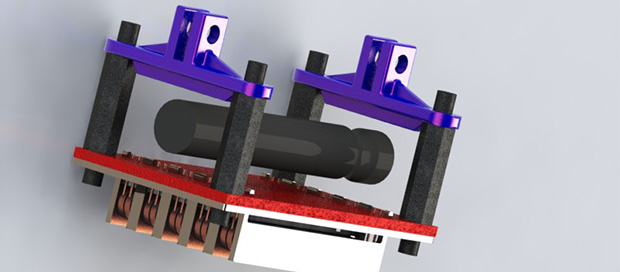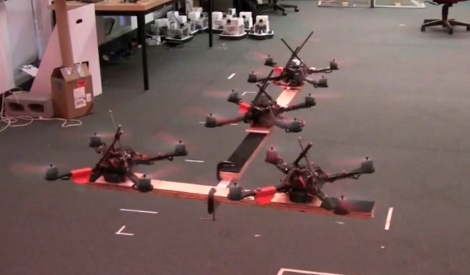
RC transmitters used for controlling robots, quadcopters, airplanes, and cars really aren’t that complex. There are a few switches, pots, a screen and a radio transmitter. The maker toolbox already has all these components, so it only makes sense someone would try to build their own RC transmitter.
[Oscar]’s project started by gathering a bunch of toggle switches, 2-axis joysticks, pots, tact switches, an Arduino, LCD, and a Ciseco XRF wireless module. These were attached to a front panel made of polystyrene and work on the communications protocol began.
It should be noted that microcontroller-powered RC transmitters with XBees is nothing new. There was a Kickstarter for one last year, but the final product turned out to be bit janky and full of fail wiring, We’re really glad to see [Oscar]’s attempt at a DIY RC transmitter, and hopefully we’ll see this project taken up and improved by others.
Continue reading “A DIY Solution For Controlling Robots And Quadcopters”


















